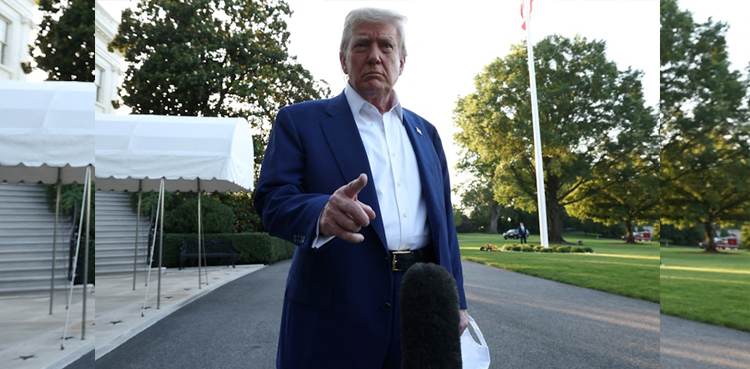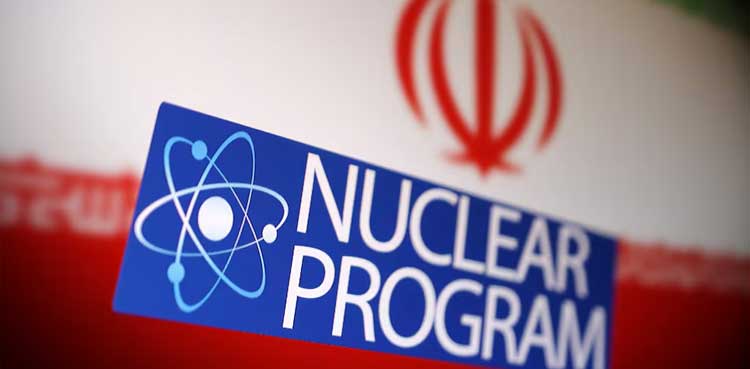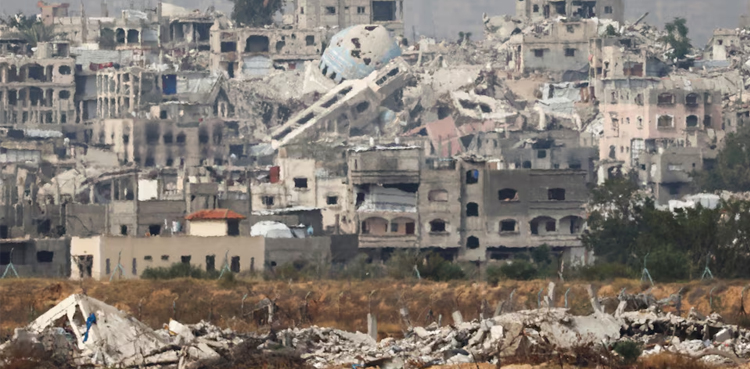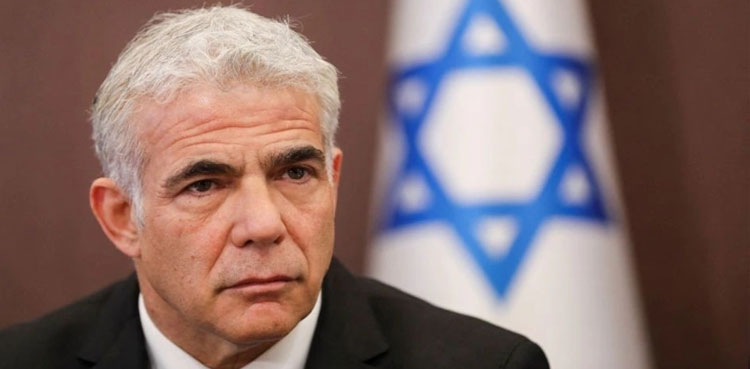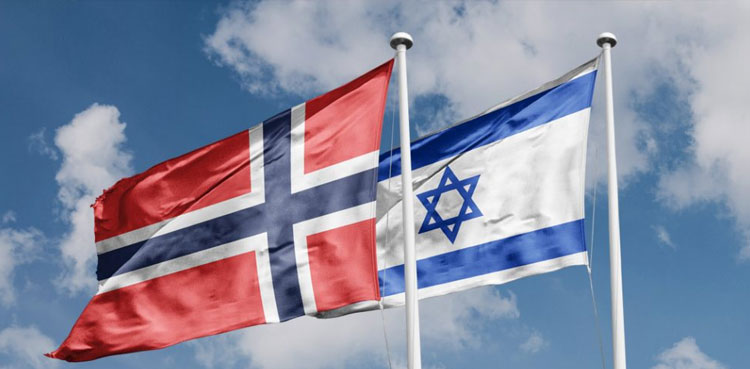Donald Trump is turning history on its head with his Alaska summit with Vladimir Putin — inviting Russia’s leader to land that once belonged to Moscow, and meeting him at a military base that monitored the Soviet Union.
The location is all the more striking as Putin is under indictment by the International Criminal Court, with Friday’s summit marking the first time he has been allowed in a Western country since he invaded Ukraine in February 2022.
The two leaders will meet at Elmendorf Air Force Base, which goes by the motto “Top Cover for North America.”
Donald Trump has said that Putin suggested the summit and it is unclear to what extent the Republican president thought through the symbolism of the base or Alaska, still yearned for by some Russian nationalists.
But George Beebe, the former director of Russia analysis at the CIA, said the Alaska setting showed an emphasis on what unites the two powers — history and the Pacific Ocean — rather than on rivalry or the conflict in Ukraine.
“What he’s doing here is he’s saying, ‘This is not the Cold War. We’re not replaying the series of Cold War summits that took place in neutral states’,” said Beebe, now director of grand strategy at the Quincy Institute for Responsible Statecraft, which supports military restraint.
“We’re entering a new era, not just in the bilateral relationship between Russia and the United States, but also in the role that this relationship plays in the world,” he said.
Russia had settled Alaska from the 18th century but, struggling to make its colony profitable and crippled by the Crimean War, Tsar Alexander II sold it to the United States in 1867.
Then secretary of state William Seward was ridiculed for the purchase, dubbed “Seward’s Folly” due to the perceived lack of value of Alaska, but the territory later proved to be strategically crucial.
The United States rushed to build what became Elmendorf Air Base after imperial Japan seized some of the Aleutian islands following their 1941 surprise attack on Pearl Harbor.
Then with the Cold War, Elmendorf became a key center to observe Soviet movements across the Bering Strait.
Read more: Trump thinks Putin is ready to make a deal
As recently as nine months ago, an electronic surveillance plane from Elmendorf as well as other US planes scrambled to track Russian planes flying off Alaska’s coast.
– Mixed takes in Anchorage –
With more than 800 buildings and more than 10,000 military personnel, Elmendorf is the largest military installation in Alaska — and is also known as a refueling stop for the US president and secretary of state when they travel to Asia.
In anticipation of Putin’s arrival, some local residents have painted Ukrainian flags to place on their roofs, in the off chance that the Russian leader sees them on his aircraft’s descent.
Putin “is a criminal and he’s coming here to a military base. There was a time when that would have been unthinkable,” said teacher Lindsey Meyn, 40, as she used spray paint to color a homemade blue-and-yellow Ukrainian flag.
She said the summit was part of Trump’s strategy to “overwhelm with craziness” and distract from other issues.
“It’s terrifying a little bit. I was thinking, is Donald Trump going to offer our state back to Russia? I don’t think that’s going to happen but that’s the first thing that came to my mind,” she said.
Alaska’s Russian heritage is still visible in isolated ways, including through a domed blue Russian Orthodox cathedral in Anchorage that was built in the 1960s.
But Alaska has also become home to Ukrainians, both before and since Putin’s invasion.
Zori Opanasevych, who has helped resettle 1,300 Ukrainians in Alaska with the non-profit group New Chance Inc., said that people she talked to wanted to hold out hope for the summit.
“If there is any way that President Donald Trump can influence Putin to stop the killing, we’ll believe in that. We have to believe in that,” she said.
